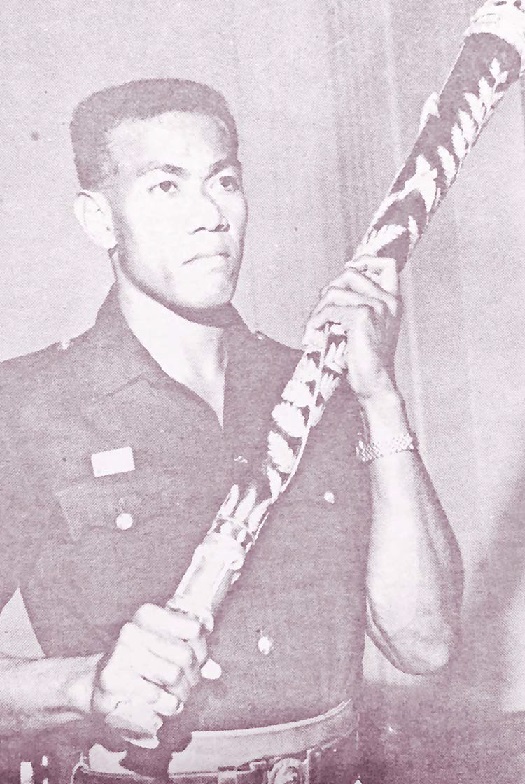Many stories have been published about Cakobau’s war club, the Nai Tutuvi Kuta ni Radini Bau, now commonly known as the Mace of Parliament.
Back on November 9, 1971, an article was published by this newspaper on the original use of the war club by its owner.
In June 1871 (100 years before the article was published in 1971), Cakobau formally launched his government at Levuka and the fi rst session of the Legislative Assembly was opened in November that year.
When the question of a mace for the newly constructed Legislative Assembly arose, Cakobau then suggested that his own principal club should be used because it had once been the symbol of the law of the land.
The club was used as a mace from November 1871 until October 10, 1874 when the Cakobau government came to an end on the signing of the Deed of Cession of Fiji to Britain.
Through the infl uence of some Wesleyan missionaries, the old war club was embellished with small silver doves and olive branches to convert it into an emblem of peace.
King Cakobau offered his war club to Queen Victoria in the following memorable words: “Before fi nally ceding Fiji to Her Majesty, the Queen, the King desires to send her Majesty the only thing he possesses that may interest her – his old and favourite club – the former and until later only known law in Fiji.
“In abandoning the club law and adopting the forms and principle of civilised societies he laid by his old weapon; and now it bears upon it the emblem of peace and friendship.
“In the old law, many of the King’s people – whole tribes – passed away and disappeared but many still remained to learn and enjoy the new and better order of things.”
In 1875, the Mace was lent to the Royal Colonial Institute for display at an exhibition in the South Kensington Museum in London. After that nothing was heard of for more than 50 years. It came to light again through an incident which took place in the House of Commons in July 1930.
It was a surprising action of John Beckett, then Labour MP for Peckham who walked off with the Mace after a division in the Commons and carried it almost to the Bar of the House before he was intercepted by the Sergeant of Arms.
This episode resulted in several letters to the Times, including one from a former civil servant in Fiji, Mr A.B Brewster. His letter published on July 31, 1930 invited help in tracing the whereabouts of the former Fiji Mace.
It brought a reply from the private secretary to King George V. He said the Mace was preserved at Windsor Castle where he was welcome to inspect it. Mr Brewster and his wife visited the castle and saw the Mace. The discovery roused keen interest in Fiji.
Sir Murchison Fletcher, then Governor asked King George V if the club could be returned to Fiji for use as the Legislative Council Mace.
The King agreed and the club was presented to the council for ceremonial use. At the Legislative Council session which opened in Suva on October 3, 1932, the Mace was formally brought in to the chamber by Ratu Tevita Raivalita, a chief of Bau and a relative of Cakobau. When the House was sitting, the Mace lies on the clerk’s table, with the crown and cross surmounting it, pointing to the right of the Speaker – the Government side. When the House sits as a committee, the Mace is then moved to brackets beneath the clerk’s table.
The Mace is removed from the table each time the Speak leaves the Chair except when he suspends a sitting of the House. Although fi rst used as a Mace in 1871, Cakobau’s old war club was much older than that. It was made from a particularly hardwood called gadi and according to the late Ratu Deve Toganivalu’s manuscript History of Bau, it was used by Cakobau in many battles before his conversion to Christianity.
Cakobau named the club Nai Tutuvi Kuta ni Radini Bau, meaning the coverlet of the Queen of Bau. Ordinarily, the covering for people of rank was a manmade of fi nely plaited rushes called kuta, well bleached by the sun and used as a blanket in cold weather because it was Cakobau’s duty to protect his Queen from harm, he gave the name to his favourite club.
According to Mr A.B Brewster’s book, King of Cannibal Islands, the old war club was known more bluntly as the blood bather.
Research into the history of the Mace had been done by Peter Howard who was in the Office of the Clerk to Parliament, with the help of the National Archives of Fiji.



